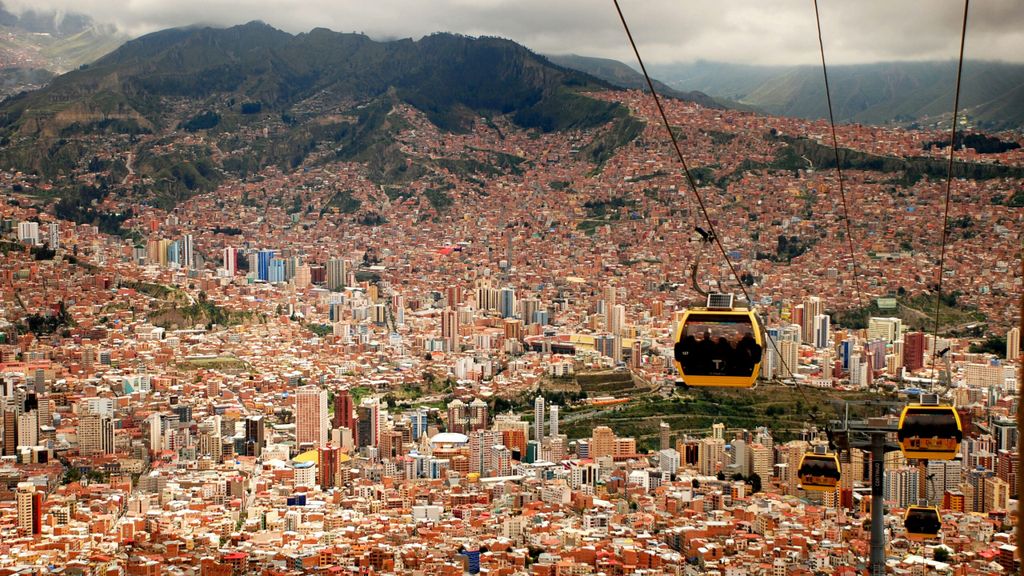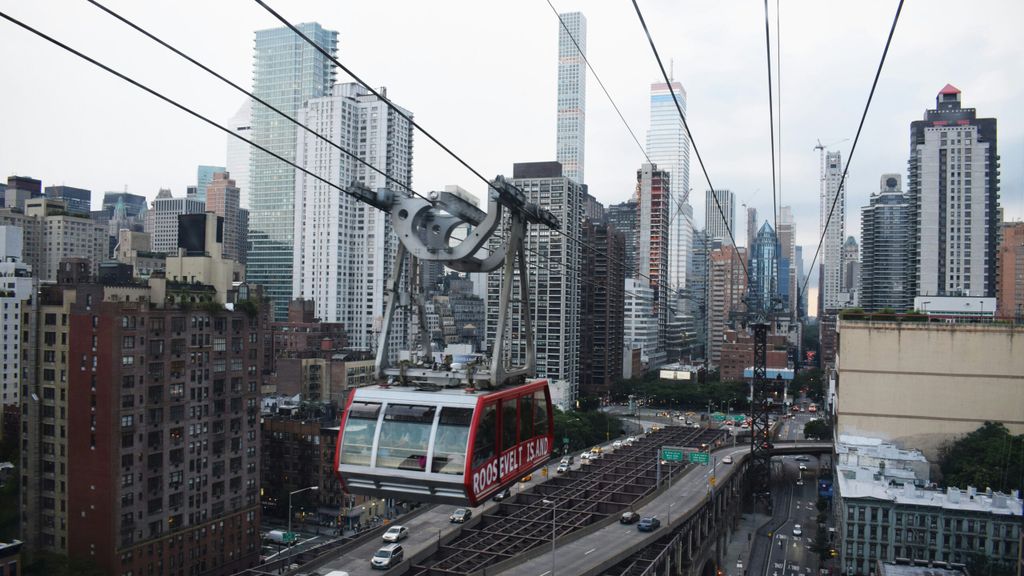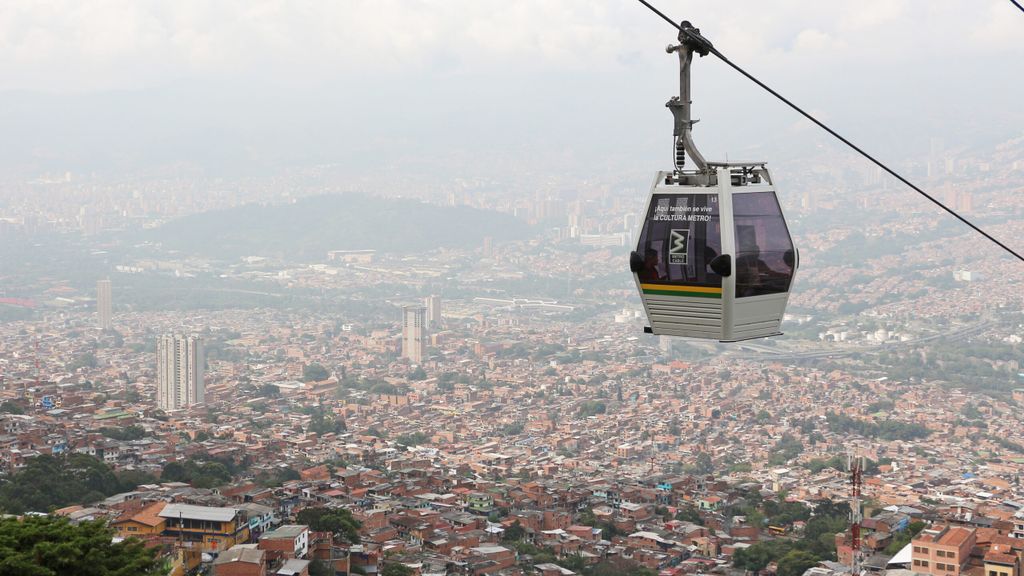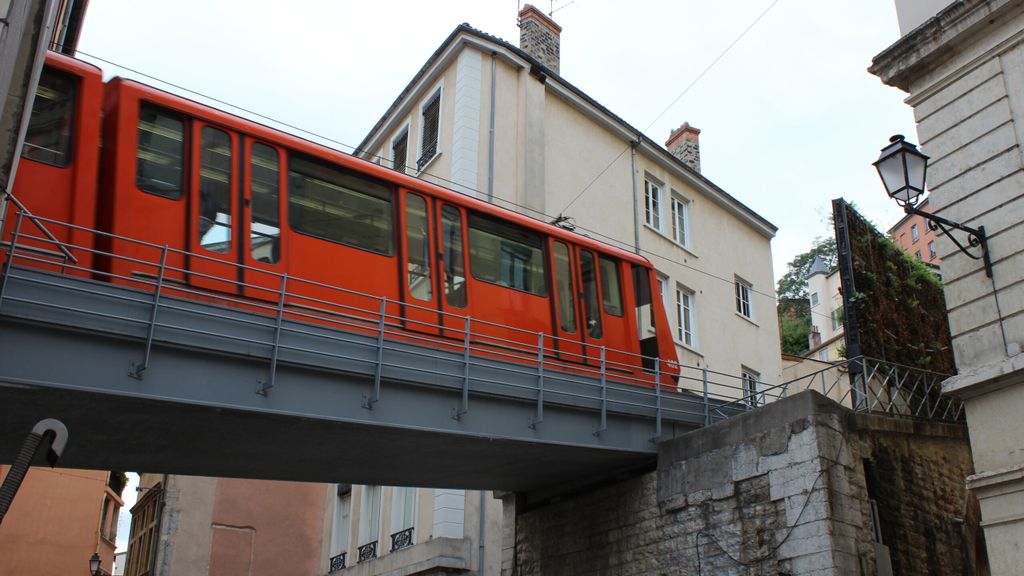
Why cable cars? 6 benefits of cable cars for urban mobility
Funiculars, aerial cableways, and more: a solution for urban mobility
From congestion to steep hills, wide rivers, and distant suburbs, the reasons to implement cable cars are varied. From ground funiculars to aerial cableways, cable cars use a cable to move cabins through urban spaces – and in turn, add to the fabric of mobility of their cities. Right now, countries as diverse as India, Peru, France, Madagascar, the Philippines, and others, are all constructing new cable car lines.
The growing interest in cable cars is one of the reasons why UITP is forming a Cable Car Working Group! In the group, global experts and professionals from operators will assemble to share best practices and share insights on the mode’s top topics. Like this, the sector has a platform so that the challenges and benefits of cable cars can be better explored.
There are many advantages to cable cars! Here are just six benefits of cable cars:
#1 Faster & more affordable construction
Aerial cable cars are fast to construct with an average duration of roughly two years, according to a leading manufacturer. That’s in part because there is no need for extensive track infrastructure, since they have their own dedicated right-of-way: the sky! Given this, they require little expensive urban real estate. And as a bonus benefit, maintenance and operations takes place mostly in the stations or around the towers. And of course, this all keeps down the costs.
#2 No local emissions
Cable cars use cables for propulsion, not an engine. For one, that means that the cabins produce no local emissions, which creates cleaner air. More crucially, it means that the power source itself is centralised. In other words, you do not need to make each individual vehicle zero-emission. A fully electric cable car system, powered by renewable energy, produces effectively no CO2 emissions.
As a bonus, cable-propelled cabins do not need to carry fuel or have driver mechanisms. Thanks to this, aerial cableways are quiet and create less noise disturbance, which is important in an urban setting.
#3 High frequency times
Depending on the type of cable car chosen, the focus can be on frequency and short headway times. Cabins can pass by every 30 seconds or less while carrying up to 4000 people per hour, per direction. That’s possible, in part, because the cabins are driverless, which makes them easier to scale.
What is headway? Read all about headway.

#4 Traverse challenging geographies
Whether it’s thick forest, the 400m elevation between the cities of La Paz and El Alto in Bolivia, or the 1km track over the River Thames in the middle of London, UK, cable cars can navigate difficult geographical features easily.
#5 Avoid interaction with the ground
Because aerial cableways do not require ground track, they have less of an environmental footprint. That’s great for either preserving the nature below or reducing costly, disturbing urban construction. And when it comes to cities and towns, cable cars bypass road traffic altogether. That avoids adding additional vehicles to city streets and can relieve the existing traffic below too by encouraging modal shift.
In fact, the time savings of avoiding congestion can be substantial – a commuter on the yellow line in La Paz, Bolivia, saves a whole 17 days of time every year!

#6 Comfortable, fun, and attractive!
Cable cars are comfortable – no engine noise nor constant vibrations – fun, and attractive. They can become attractions in their own right. For example, the ‘Dangleway’ in London, UK is popular for the views it provides. In the summer months, as many as 50,000 people take the London cable cars in any given week. That shows the appeal of cable cars – and how other cities across the world can also take advantage.




